
I’m a self-proclaimed foodie, IBD (inflammatory bowel disease) veteran, and certified Holistic Nutritionist specializing in IBD.
I am a body-neutral, health-at-every-size practitioner, working to redefine how we view “health.” I focus on mental health, the nervous system, and building a nourishing and joyful relationship with food.
This is my story about my relationship with food as it relates to my Crohn’s disease.
The impact of diet on Crohn’s disease
I was diagnosed with Crohn’s disease 10 years ago. At the time of my diagnosis, the medical advice I received was that my diet would not impact my IBD. While confused by this, I initially made no changes to my diet given the advice I had received.
After some time, I felt lost and confused, feeling exhausted and run down from my Crohn’s. I had managed my stress better, but I was continually flaring, experiencing incontinence, extreme bloating, rectal bleeding, and increased bowel movements.
I soon realized that this medical advice didn’t resonate with me.
I started to notice the worsening of my symptoms after having certain foods, like raw veggies, for example. Anytime I had a high fiber, raw vegetable serving, I would either be bedridden in extreme pain or on the toilet for hours.
Most of us with IBD are left in a confused state when it comes to diet.
At some point along the way, many have been advised that diet does not impact our IBD. However, some come to realize that the foods we eat can have a significant impact on our digestion and bowels.
Dana’s recipes
Knowing I couldn’t be the only person struggling to find a solution that worked for them, I set out to create my own recipes that worked for me and documented my journey on Instagram for others to join.
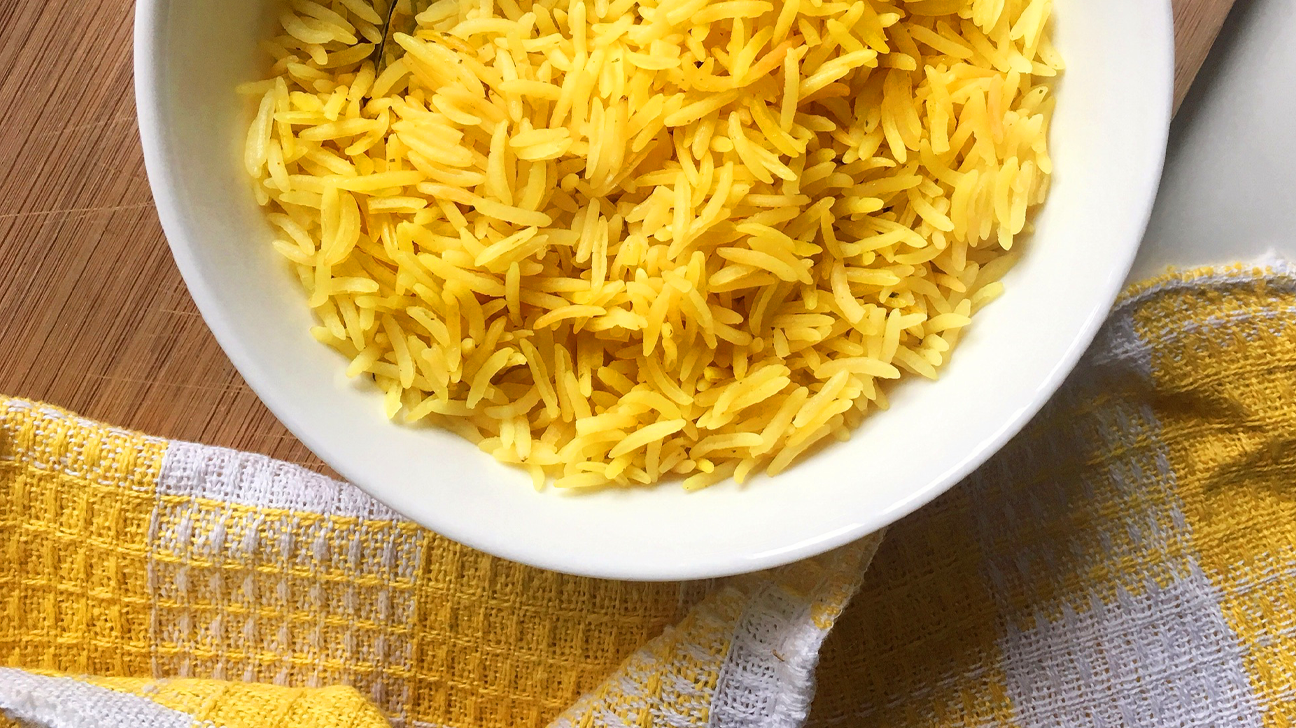
Golden rice
A simple, soothing, go-to recipe that I love is golden rice.
When making rice, I swap out water for bone broth and add a few dashes of turmeric.
Turmeric has potent anti-inflammatory benefits. Bone broth adds protein and nutrients such as iron, zinc, and calcium if you’re looking to find ways to boost your meals with additional nourishment.
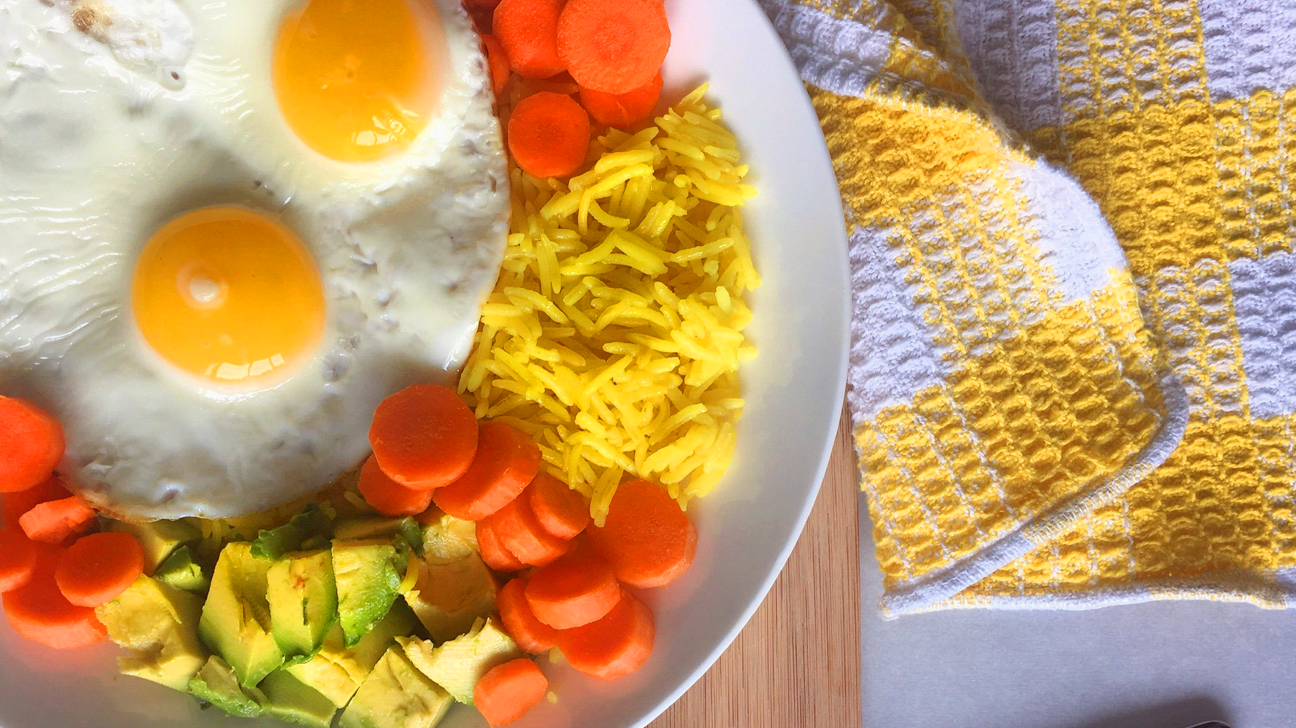
Golden rice is a versatile weekday side dish or go-to flare-friendly food with its added anti-inflammatory and gut-soothing benefits.
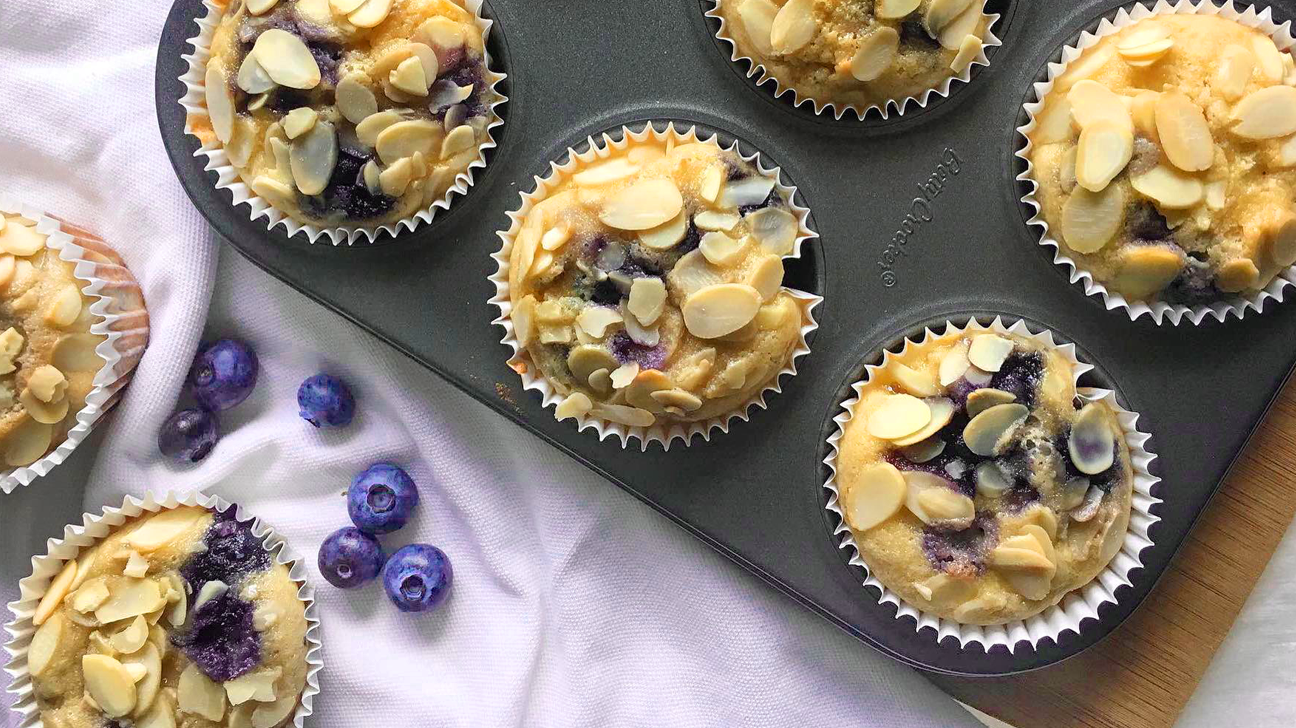
Almond blueberry muffins
I often found myself wishing that gluten and dairy-free store-bought alternatives tasted better and had fewer preservatives and/or ingredients that I personally felt better about.
So, I whipped up these almond blueberry muffins one day and they ended up being a fan favorite on my website!
The base of these muffins is almond flour, and all of my recipes are always aimed to be made with ingredients that you may already have on hand, or can easily purchase from the store.
The balance of protein and fat helps maintain your blood sugar while enjoying a muffin that is tastebud-approved.
Almond flour provides a moist texture to the muffins, while also making them grain free for anyone who is unable to digest grains easily. Almonds are a great source of protein, fat, and calcium.
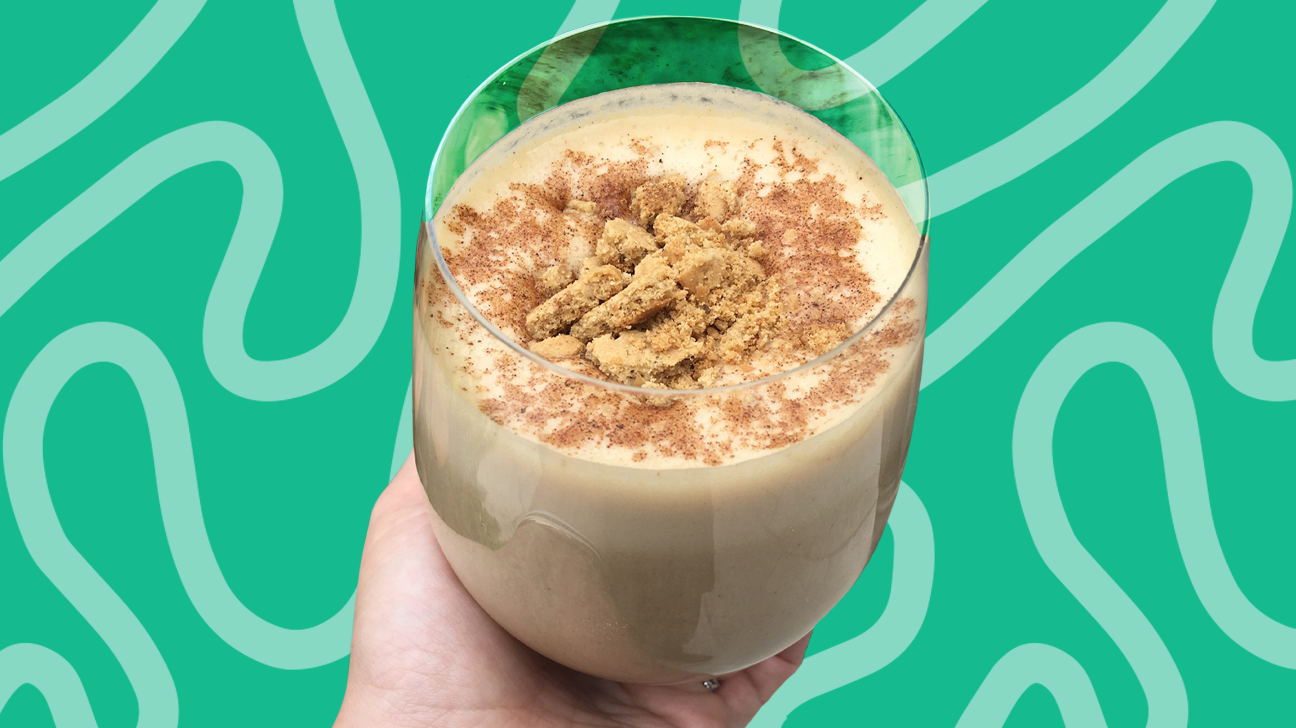
Pumpkin spice smoothie
For all pumpkin spice fans, this smoothie recipe is for you.
The combination of banana, protein powder, pumpkin spice, cinnamon, and peanut butter is the perfect mix of cinnamon spice while making it a more complete meal with added protein, fat, and fruit.
Feel free to accompany this smoothie with a slice of toast for added carbohydrates and satisfaction.
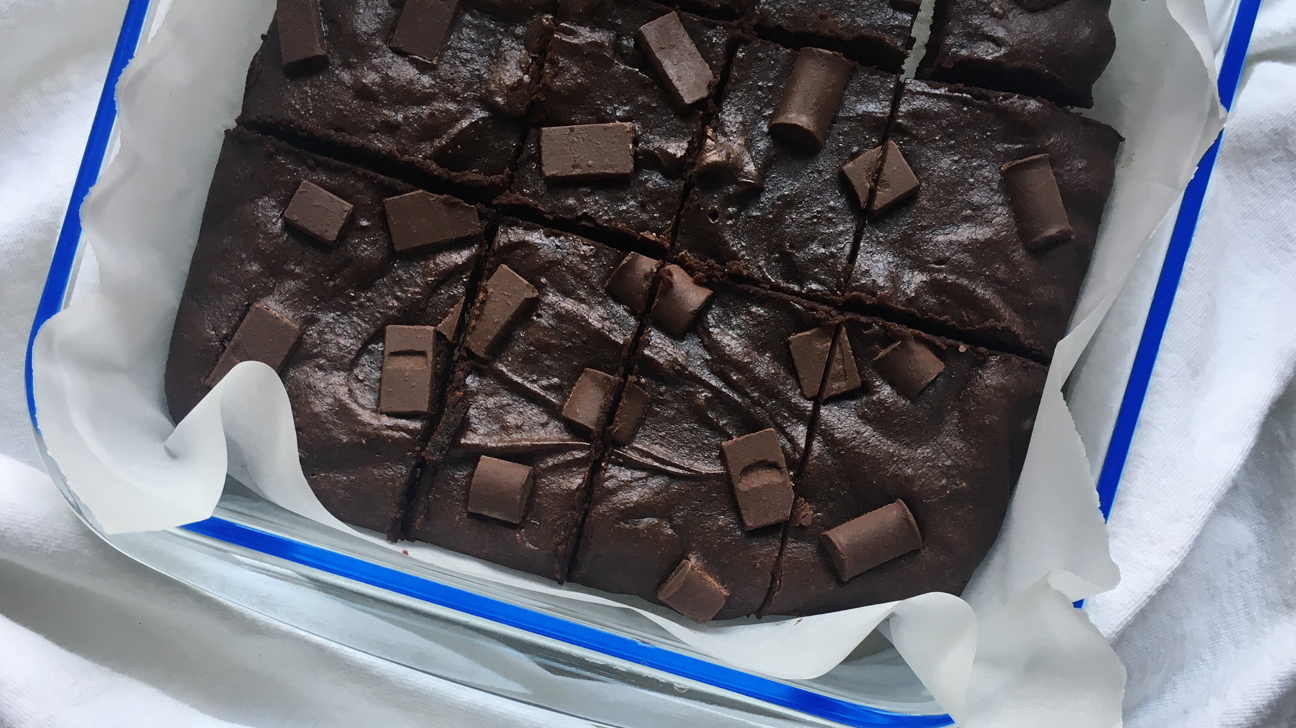
Paleo double chocolate sea salt brownies
These grainless brownies check every box for what you would want in a brownie. They are moist, fluffy yet gooey, have a slight crisp on the top when you bite into them and are met with decadent chocolate.
I aim to make all of my recipes accessible to all baking and cooking skill levels by keeping ingredients to a minimum and using one bowl for the whole recipe. Throw it all together and pop it in the oven.
This recipe has an almond butter base which allows for the brownie to be both filling and satisfying. Plus, the lack of grains can make it easier to digest. Sometimes you may find yourself unsatisfied after a baked good as traditional recipes are made with ingredients that may not leave you feeling as full.
The almond butter covers all the bases by filling you up with omega-3 fatty acids, protein, fiber, and a wide range of nutrients such as calcium and vitamin E. This recipe also makes your tastebuds dance.
This is always my aim with nutrition: to combine nourishment and joy.
Intuitive eating
IBD or not, many of us intuitively crave chicken noodle soup when we have a cold or the flu, eat honey to soothe our sore throats, drink herbal tea for our upset stomachs, or avoid certain foods when we’re having digestive issues. These are prime examples of the relationship between food and the digestive system.
Throughout my journey with IBD, I’ve come across many diets that are aimed at easing IBD symptoms.
I would look at the various diets suggested, such as low FODMAP, anti-inflammatory diet, and the SCD (specific carbohydrate diet), and find myself in conflict. Why should I eliminate certain foods from my diet if I can tolerate them? Why am I referring to an external source when my body is able to provide me with feedback about which foods I can and can’t digest?
I soon discovered the challenge with mainstream diets, which is that there is no one diet or approach for all.
This has led me down a beautiful journey of intuitive eating. I’ve used my experience as an opportunity to build my own custom approach. I began to eat based on what made me feel good and avoid what lead to symptoms. It was a lot of trial and error and continues to this day.
It has taught me to be in tune with my body. To listen and recognize my needs.
Of course, this takes trust in your body and your intuition. I’ve come to find that there are different time periods for some foods, such as remission. And time periods for elimination, such as during a flare.
From Crohn’s patient to nutritionist
My life journey has inspired my career.
I’m now an IBD-specialized holistic nutritionist working with a team of gastroenterologists to offer umbrella care to patients with IBD.
As I reflect on my experiences, I can confidently say that diets can be temporarily helpful, but prescribed or standardized diets may not work for everyone.
Some studies have demonstrated that diets can suppress symptoms, but they don’t necessarily solve the problem. Certain diets can also lead to nutrient deficiencies from the unnecessary restriction of many foods.
A personalized, intuitive approach may work best and be more sustainable and enjoyable in the long run.
If you feel like you can relate to my experience, I encourage you to try building a custom approach for you. Your body has all the answers that you need. Listen carefully and the guidance will be there.
Dana Silvestri is a self-proclaimed foodie, IBD veteran, and certified holistic nutritionist specializing in IBD. Diagnosed with Crohn’s disease at the age of 18, Dana found that she was no longer able to eat many of her favorite foods. Feeling lost as to what she should eat, Dana was faced with a new challenge of recreating her favorite recipes to be gut-friendly. She knew she couldn’t be the only person struggling to find foods that worked for her. Thus, she set out to help others with their gut health and diet by sharing her recipes on Instagram @WellnessWithDana. As an advocate for IBD, Dana is passionate about helping many with their diets and overcoming their diagnoses with autoimmune diseases. You can find her at www.WellnessWithDana.ca or @WellnessWithDana on Instagram and TikTok.


0 Commentaires